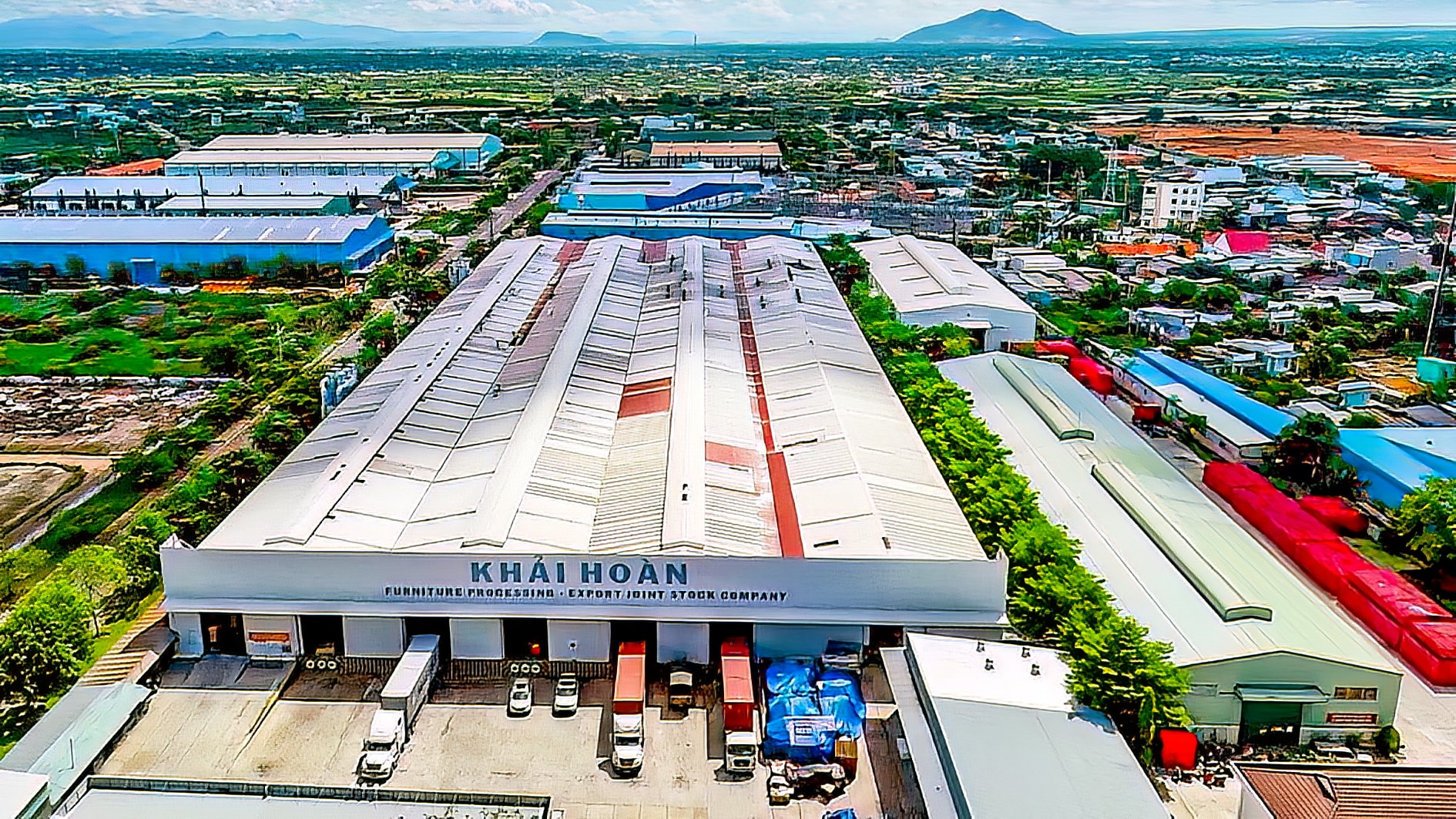
Investment "levels"
With 4 industrial parks (IPs) with state-invested infrastructure including Phu Hoi, Loc Son ( Lam Dong thousand flower area), Tam Thang, Nhan Co (Lam Dong great forest) and 10 IPs in Lam Dong blue sea area all with private infrastructure investment, the picture of Lam Dong's industrial development has shown many "levels" of investment.
In fact, in the highlands, there are inherent difficulties in transportation, the geographical distance to logistics points is not ideal, but in return, there are rich agricultural raw material areas such as: vegetables, fruits, coffee, durian, cashew, macadamia ... with large areas, which are advantages that attract processing investors. But it is difficult for a business or corporation to invest in industrial park infrastructure, when they calculate capital recovery as well as profits. Therefore, a few years ago, the state invested in infrastructure of some industrial parks here to attract businesses to process agricultural, forestry and mineral products, which is a flexible step. This not only contributes to solving the output of agricultural products early, expanding the area of sustainable crop production, but also creates more products for the export market. It is also the journey from having raw materials to having products. As a result, despite many difficulties, industrial parks in the Lam Dong area of thousands of flowers and Lam Dong forests have achieved feasible occupancy rates such as: Tam Thang Industrial Park is 97.1% full, Loc Son Industrial Park is 87.29% full...
Meanwhile, the coastal area has 10 industrial parks, all of which were invested in infrastructure by private enterprises and companies many years ago. At that time, the strength of industrial development was not as clear as it is now, but according to predictions and development plans, it created the attraction and motivation to participate as above. At this time, when the connecting traffic infrastructure is synchronized, has an ideal distance for logistics, and reduces production costs, the development journey in the Southeast region of this province does not stop at processing raw materials for agriculture, forestry, aquatic, seafood, and minerals, but also from nothing to having products. That is, products such as: shoes, electrical equipment, electronic components, light bulbs, safes, LED screens... that enterprises in industrial parks and industrial clusters (CCN) produce for export, the raw materials for them must be imported from other places or abroad. Here, for now, is just a peaceful "nest" for them to produce and do business, so the story of developing supporting industries is urgent.
According to investors, after the merger, Lam Dong industry has a new, colorful space that not every place has. In which, it can be seen that there are rich and diverse product chains from the mountains to the sea to attract investment; there are lands bordering Dong Nai and Ho Chi Minh City with their own advantages. At the same time, it is emphasized that, to make an industrial breakthrough in the coming time, Lam Dong must analyze and evaluate the conditions and characteristics of the actual situation to decide which zones and clusters need state capital investment; which zones and clusters have the ability to attract investors in industrial park and industrial cluster infrastructure.
In the proposed solutions to attract investment and exploit resources for industrial development in the period of 2025 - 2030, the Department of Industry and Trade also said that it is necessary to encourage economic sectors to participate in investing in developing technical infrastructure to serve industrial production. At the same time, it is necessary to implement the motto "using public investment to promote and lead private investment".
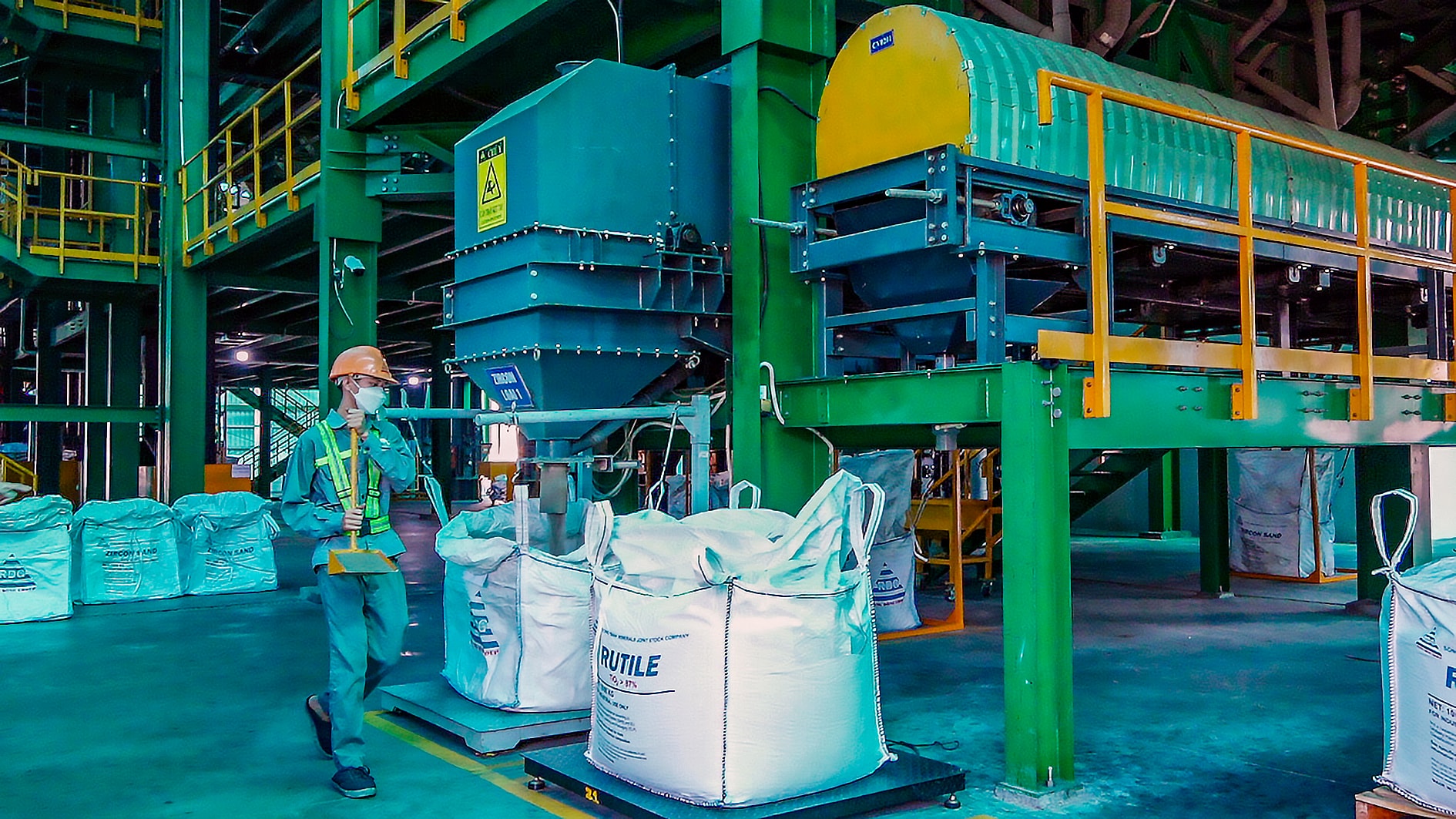
4 advantageous industries in 1
According to the Department of Industry and Trade, in the 2025 - 2030 term, the province will focus on, encourage investment attraction, and develop 4 advantageous industries of the province. First of all, the mineral mining and processing industry, in which it is necessary to prioritize the sustainable development of the bauxite mining and processing industry - alumina smelting - aluminum electrolysis and post-aluminum products, titanium deep processing, associated with environmental protection, and soon form a national industrial center for bauxite, aluminum, aluminum, and titanium deep processing.
The second is the energy industry with an emphasis on striving to form the Son My Power Center (4,500 MW) in the period of 2026 - 2030. Attracting and facilitating the development of power projects according to the plan, especially solar power, wind power, waste power, pumped storage hydropower; well preparing to participate in the pilot development of offshore wind power, associated with the production of "green" hydrogen, "green" ammonia, etc.
Third is the agricultural, forestry, aquatic and seafood processing industry in the plan associated with the province's advantageous products such as: aquatic products, fish sauce, dragon fruit, rubber, coffee, pepper, cashew nuts,... with appropriate scale, modern technology, creating high added value. At the same time, organize linkages in the production - processing and consumption value chain to improve the ability to supply raw materials for processing, ensure sufficient quantity and quality, reasonable prices for all products.
Finally, supporting industries and other industries. Accordingly, developing a number of industries: supporting industries for the energy industry; production of raw materials and accessories for the textile, garment, leather and footwear industries; production of electrical equipment and electronic components; new materials, high-tech industries, software industries and environmental industries; mechanical industries, shipbuilding and repair for offshore fishing; production of construction materials, electricity and water supply, waste and wastewater treatment, etc.
It is worth noting that, in the above industries, the mineral mining and processing industry, specifically bauxite, in the process of processing into aluminum products, requires energy, safe space, and cooling water from coastal areas. Therefore, in the long term, sustainable production is guaranteed, when the above connection helps reduce production costs, and cheap products can compete with any aluminum product of the same type in the world.
And now, when the 2025 Investment Promotion Conference in Lam Dong takes place, it is also the time when investors are interested in bauxite processed products, which can begin to open up product value chains such as developing mechanical factories using aluminum, aluminum alloys, etc.
The remaining 3 industries also attract similar investment in the direction of closed loop connection, cross-consumption, and mutual support in the development space of the province. Because the Department of Industry and Trade emphasizes: "Focus on attracting strategic investors with financial potential, modern technology, using many domestically produced raw materials, components, and accessories, especially in the mineral processing industry, energy, agricultural, forestry, fishery processing, and supporting industries, in order to effectively exploit the potential and advantages of the province".
Professor, Doctor, People's Teacher Mai Trong Nhuan - former Director of Hanoi National University analyzed: Thanks to the merger of provinces, the bauxite processing industry has opened up space for development in the direction of increasing advantages. According to him, it is possible to build a pipeline from Gia Nghia to the coastal area. The ore after sand filtering... will be released along the pipeline to the sea for processing, then exported immediately. Everything from transportation technology, safe space, electricity, water in the current context are feasible, the most difficult thing is the initial capital to build the pipeline, building a factory will certainly mobilize social capital.
Source: https://baolamdong.vn/cong-nghiep-lam-dong-huong-den-noi-vong-khep-kin-395474.html






![[Photo] Dan Mountain Ginseng, a precious gift from nature to Kinh Bac land](/_next/image?url=https%3A%2F%2Fvphoto.vietnam.vn%2Fthumb%2F1200x675%2Fvietnam%2Fresource%2FIMAGE%2F2025%2F11%2F30%2F1764493588163_ndo_br_anh-longform-jpg.webp&w=3840&q=75)

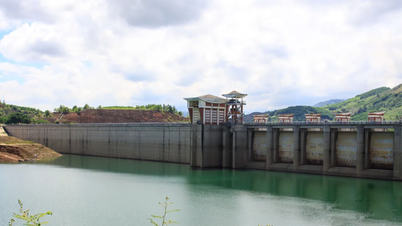

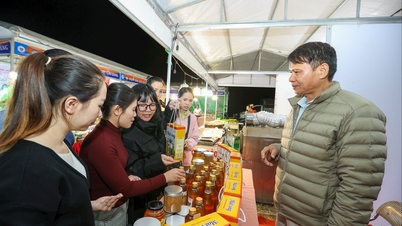

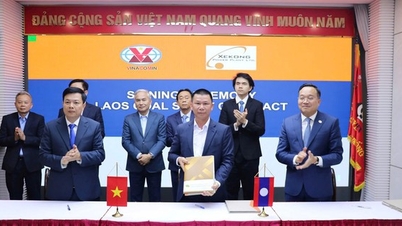

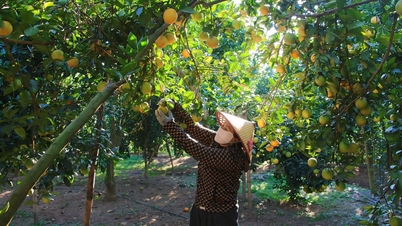

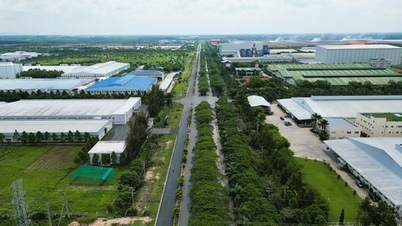

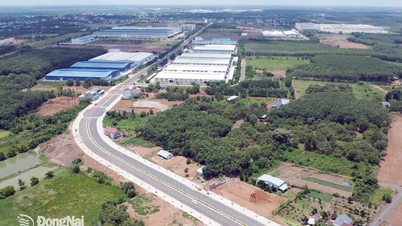

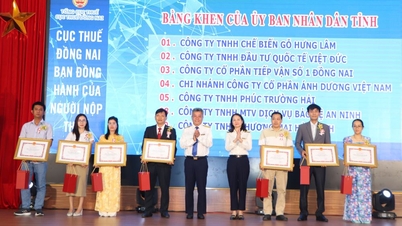
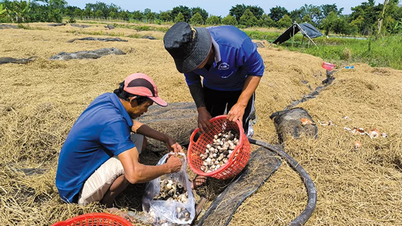

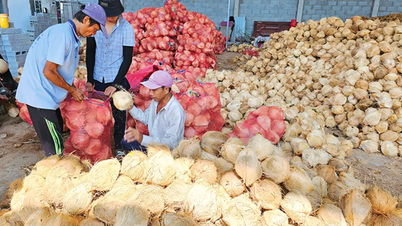
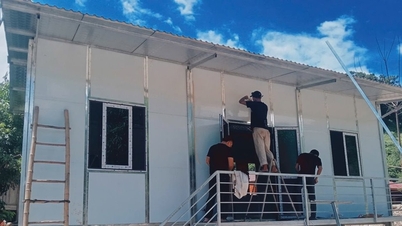

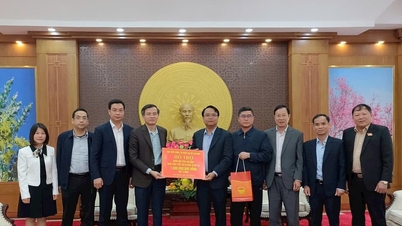
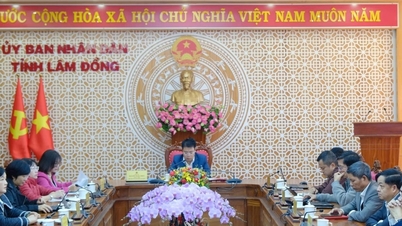




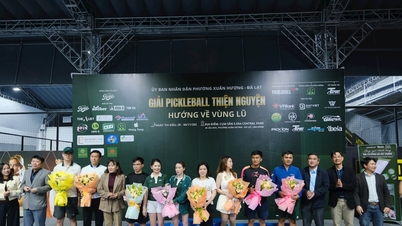
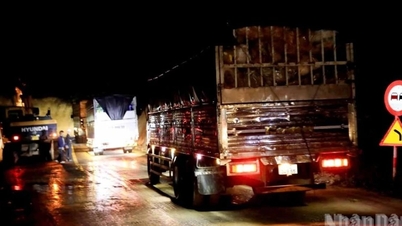
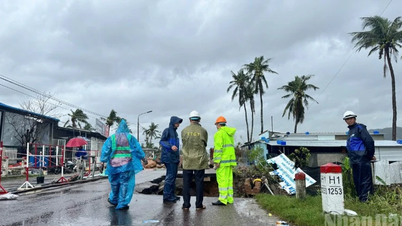
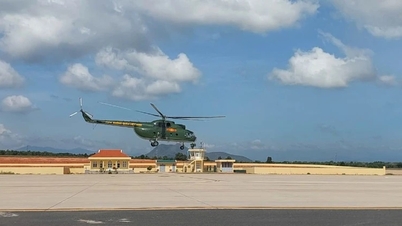



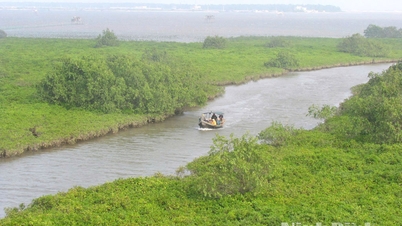

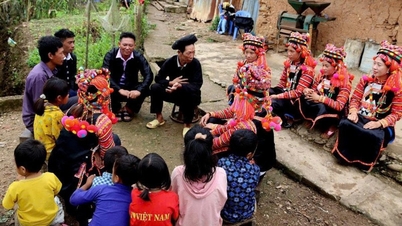

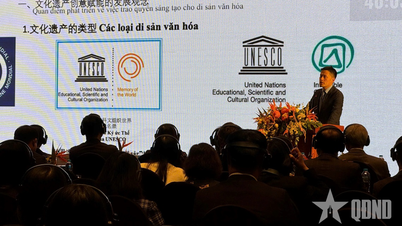

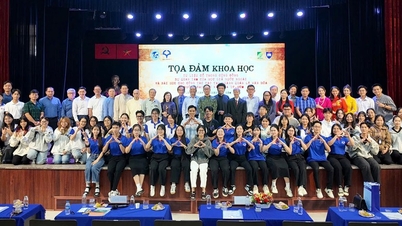

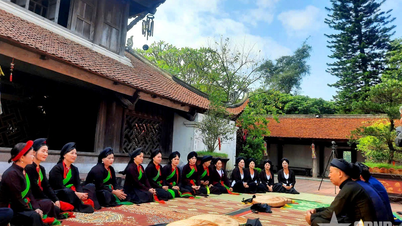







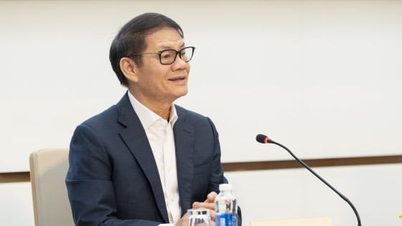

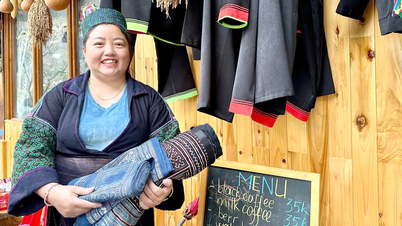


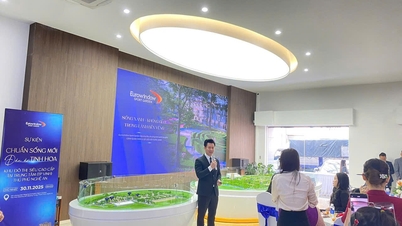














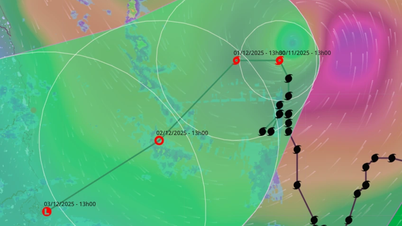


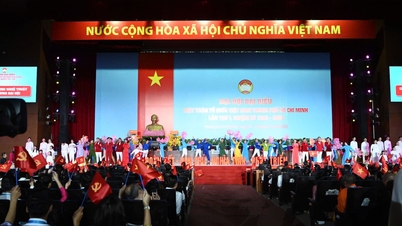





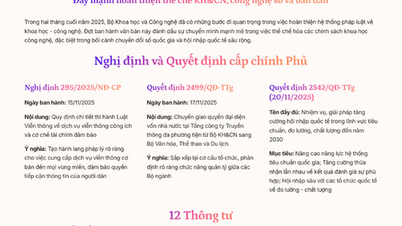

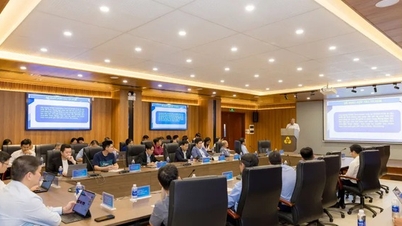
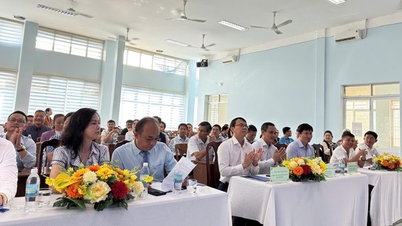
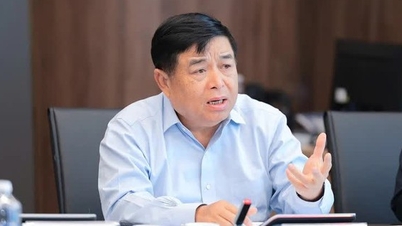
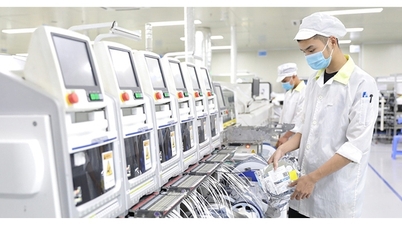
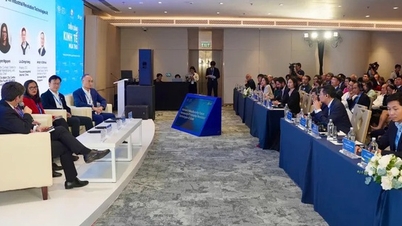
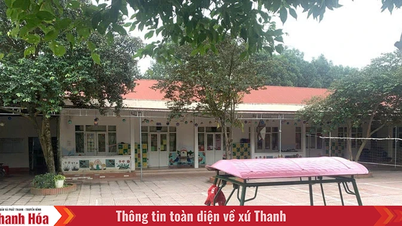

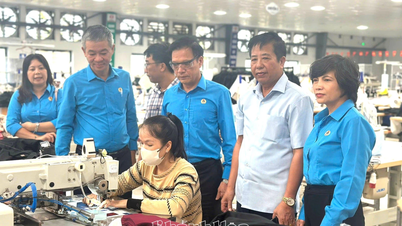

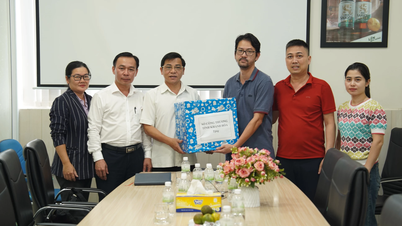
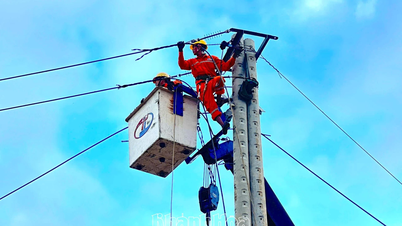
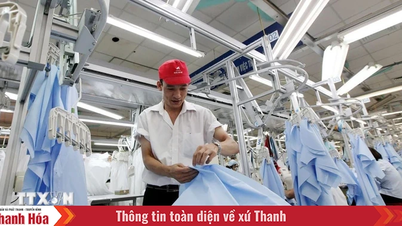
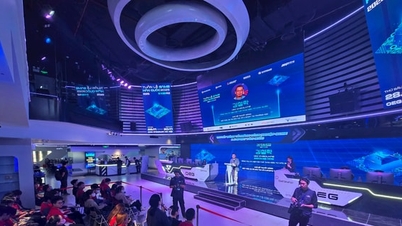











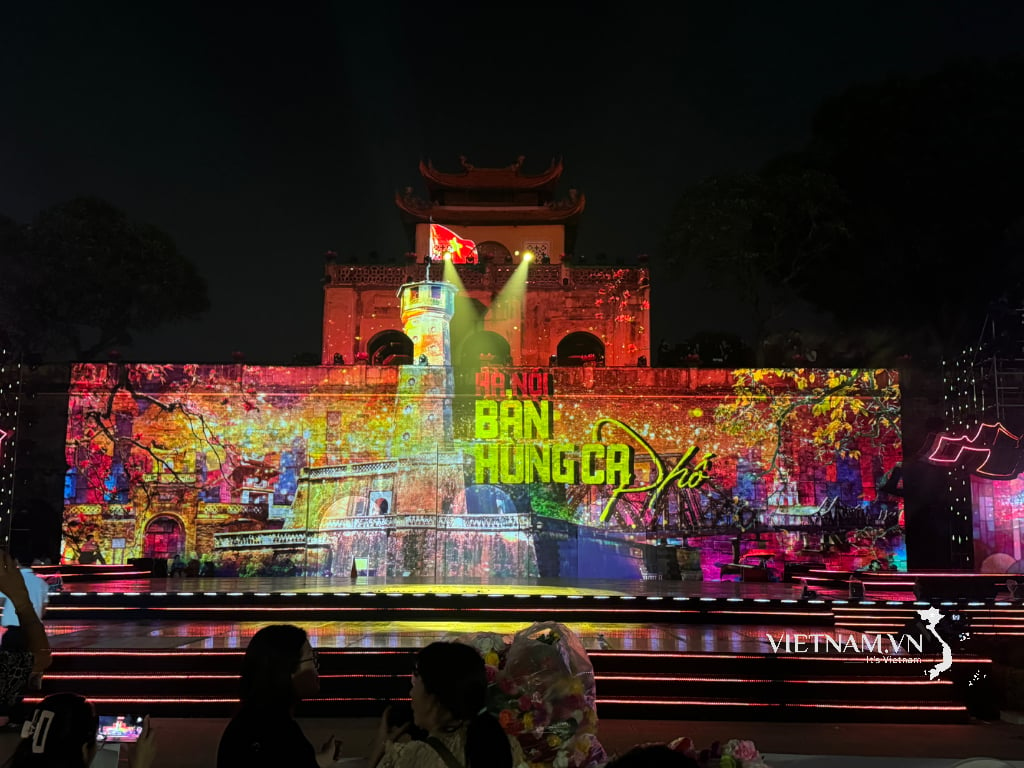

Comment (0)